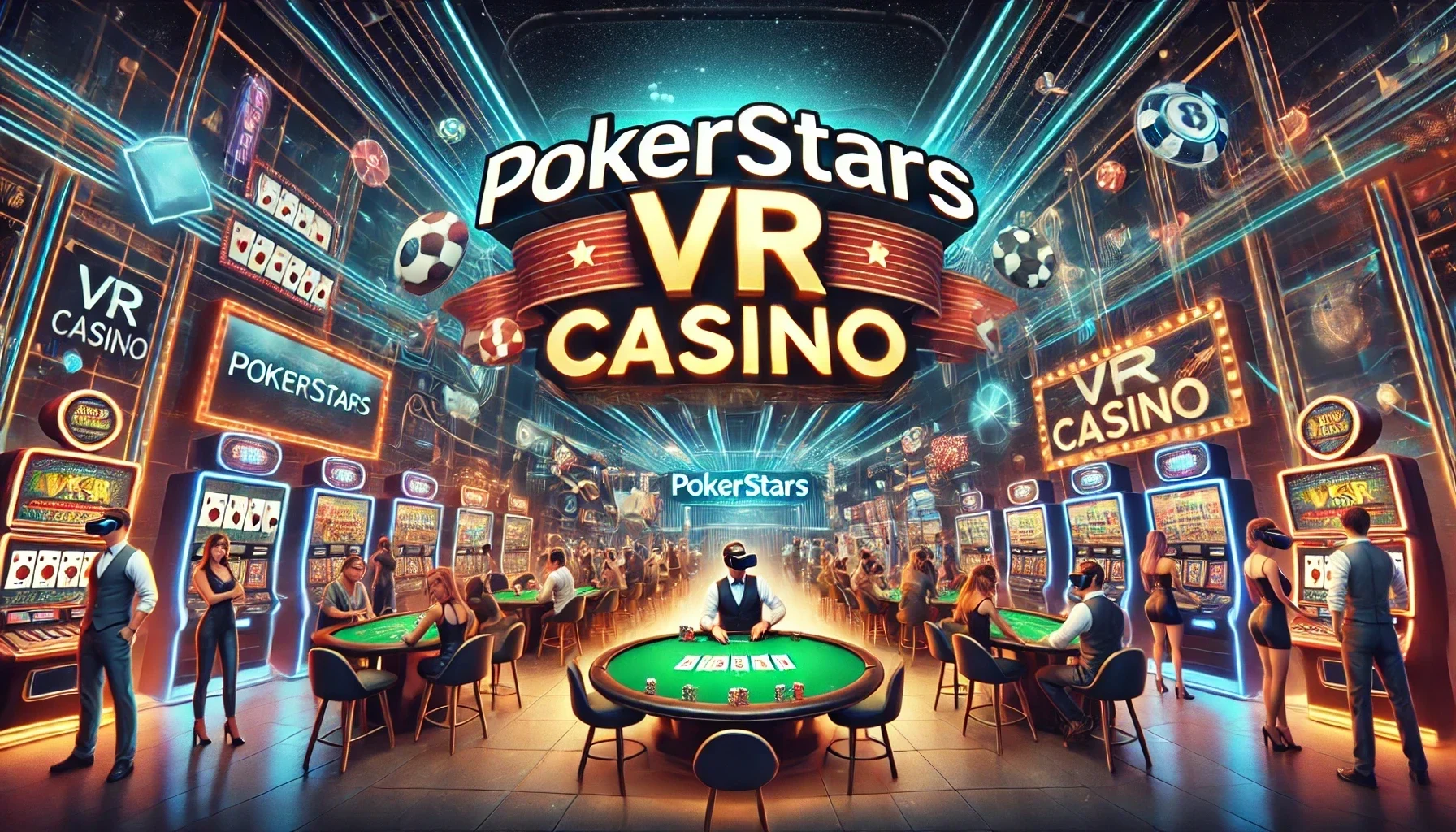Baccarat’s Evolution in Virtual Reality Casino Environments
The soft rustle of cards. The weight of a virtual chip between your fingers. The subtle, knowing nod from the croupier—a digital phantom who somehow feels utterly real. This isn’t your grandfather’s baccarat table. Far from it. We’re talking about a full sensory immersion, a leap from the flat screen into a world where the game of chance becomes an experience of presence.
Baccarat, long associated with high-rollers and tuxedo-clad elegance, is undergoing its most radical transformation yet. And it’s happening not on the casino floor, but in the boundless, code-constructed realms of virtual reality. Let’s dive in.
From Green Felt to Code: The VR Leap
For years, online baccarat was a simple, sterile affair. Click a button, watch animations, repeat. It was functional, sure. But it lacked soul. It lacked the theater. Virtual reality changes everything by addressing the core pain point of online gambling: the disconnect.
Imagine slipping on a headset and finding yourself at a sleek, minimalist table overlooking a futuristic cityscape. Or perhaps in a replica of the Baccarat Salon in Monte Carlo, all red velvet and glittering chandeliers. The environment is no longer a background image; it’s a place you are in. This shift from playing a game to inhabiting an experience is the fundamental evolution of VR baccarat.
The Tech Making It Feel Real
So, how does it work? The magic lies in a few key technologies:
- Haptic Feedback Gloves: This is a game-changer. You don’t just click to place a bet; you physically reach out, pick up a chip from your stack, and slide it into the betting circle. You feel a subtle vibration—the texture and weight of the chip.
- 3D Spatial Audio: The dealer’s voice comes from directly in front of you. The chatter of other players (or AI avatars) bubbles around you, their voices positioned in the virtual space. You hear the specific sound of the shoe being passed, the cards being dealt—it all has a location.
- Avatar Interaction: This is where social dynamics come alive. You can see other players, read their body language (to an extent), and even make eye contact. It recreates the unspoken communication of a live table.
Beyond the Table: The New Rules of Engagement
VR doesn’t just replicate the old game; it reinvents it. Developers are adding layers that were simply impossible before. Think of it as baccarat… but with the training wheels off and the creativity turned up to eleven.
One of the most exciting trends is the rise of educational VR baccarat environments. New players, often intimidated by the game’s high-stakes reputation, can enter a risk-free zone. Here, an interactive tutor—a holographic croupier, perhaps—guides them through the rules of Player, Banker, and Tie bets. They can practice handling chips, understand commission, and learn the flow of the game without the pressure of real money. It’s a powerful tool for demystification.
And then there’s customization. Tired of the classic green? How about a table floating in a nebula, with cards that glow with ethereal light? Players can often personalize their environment, their chip design, even the appearance of the cards. This level of personal control was unheard of in traditional settings.
| Traditional Online Baccarat | VR Baccarat |
| 2D Graphical Interface | Fully Immersive 3D World |
| Mouse-Click Interactions | Hand-Tracking & Haptic Feedback |
| Limited Social Cues (Text Chat) | Avatar-Based Social Presence |
| Static, Fixed Environment | Dynamic, Customizable Settings |
The Human Touch in a Digital World
You might think all this tech would make the experience feel cold. Robotic. Ironically, the opposite is often true. The constraints of early online play were what felt robotic. VR introduces… well, quirks. The slight fumble as you grab a chip. The ability to lean over and get a better look at the cards. The spontaneous thumbs-up to another player after a big win.
These micro-interactions—these slight hesitations and human-like gestures—are what build the illusion of a shared space. It’s not perfect, but that’s the point. The imperfections make it feel genuine. The future of social casino games in VR hinges on this very human element, this simulated serendipity.
What’s Next? The Bleeding Edge
The evolution is far from over. We’re already seeing glimpses of the next wave. Think blockchain-integrated VR casinos where your digital chips are verifiably yours on a public ledger. Or live dealer baccarat streamed in 360-degree video, allowing you to literally look around the real studio from your virtual seat.
The most intriguing prospect? Full cross-reality play. Imagine a scenario where some players are in VR, fully immersed, while others join from their mobile phones or desktops, all sharing the same virtual table. This isn’t just a niche for tech enthusiasts; it’s the potential future of a globally accessible, socially rich baccarat experience.
A Final Bet
Baccarat’s journey from the exclusive salons of Europe to the pixelated screens of the internet was a story of accessibility. Its evolution into virtual reality is a story of embodiment. It’s no longer just about the outcome of the hand, but about the memory of the moment—the chill of the virtual air, the glint of light on a digitally rendered card, the shared, unspoken tension with people who aren’t really there… but feel like they are.
The game itself remains elegantly simple. But the world it now lives in? That has become beautifully, wonderfully complex.




